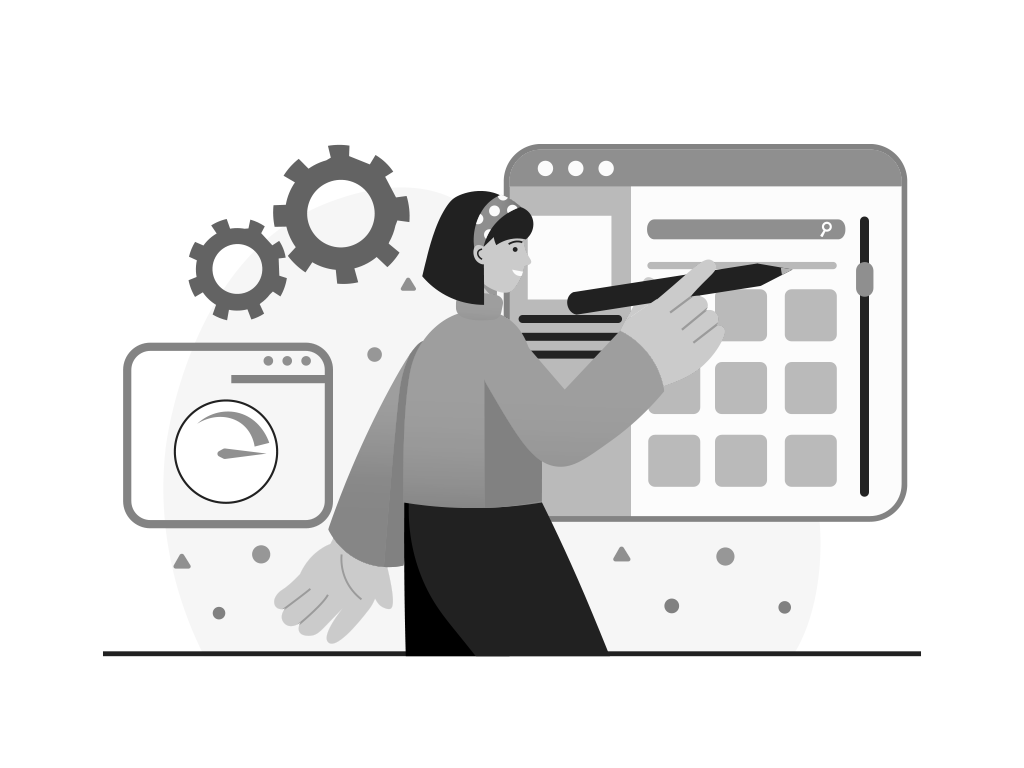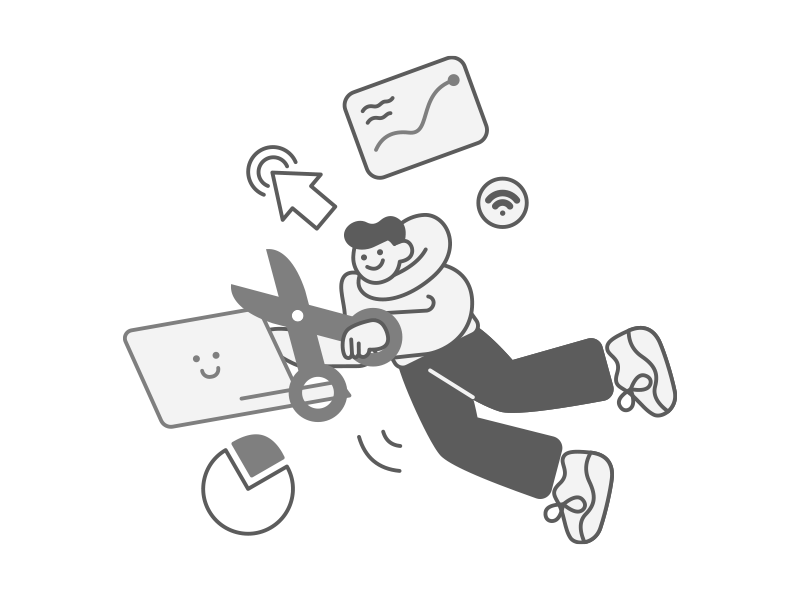Understanding UX Design
In the digital age, What is UX Design? has become a crucial question for those aiming to create successful products and services. What is UX Design? focuses on enhancing user satisfaction by improving the usability, accessibility, and pleasure provided in the interaction between the user and the product. This article will delve into What is UX Design?, why it’s important, and the key principles that guide this essential field.
The Importance of UX Design
Enhancing User Satisfaction
The primary goal of UX design is to create products that provide meaningful and relevant experiences to users. By focusing on the user’s journey and addressing their needs and pain points, UX design enhances overall satisfaction. A positive user experience leads to increased user retention and loyalty, which is vital for the success of any product or service.
Improving Accessibility
Accessibility is a significant component of UX design. It ensures that products are usable by people with a wide range of abilities and disabilities. Inclusive design practices help in reaching a broader audience, making products accessible to everyone, regardless of their physical or cognitive abilities.
Boosting Conversions and Revenue
A well-designed user experience can directly impact a company’s bottom line. By simplifying navigation, reducing friction, and creating a seamless journey, UX design can increase conversion rates. Users are more likely to complete desired actions, such as making a purchase or signing up for a service, when their experience is smooth and intuitive.
Key Principles of UX Design
User-Centered Design
User-centered design (UCD) is the foundation of What is UX Design?. This approach involves understanding the users’ needs, preferences, and behaviors and designing products that cater to them. UCD requires continuous user research, feedback, and testing to ensure the product evolves according to user requirements.
Usability
Usability refers to the ease with which users can interact with a product to achieve their goals. Key aspects of usability include simplicity, consistency, and error prevention. A usable product should be easy to learn, efficient to use, and provide a satisfactory experience.
Information Architecture
Information architecture (IA) is the organization and structuring of content within a product. Effective IA helps users find information quickly and easily. It involves creating clear navigation paths, categorizing content logically, and using intuitive labels and menus.
Interaction Design
Interaction design focuses on creating engaging interfaces with well-thought-out behaviors. This includes designing interactive elements like buttons, forms, and menus. The goal is to make interactions intuitive and enjoyable, reducing the cognitive load on users.
Visual Design
Visual design enhances the aesthetic appeal of a product while supporting its functionality. It involves the use of color, typography, imagery, and layout to create a visually pleasing experience. Good visual design should complement usability, not overshadow it.
Consistency
Consistency in design ensures that users can predict the behavior of the product. This involves using uniform design elements, such as buttons and icons, across the product. Consistency reduces the learning curve and increases user confidence.
The UX Design Process
1. Research
Research is the first step in the What is UX Design? process. It involves gathering information about the users, their needs, behaviors, and pain points. Methods such as interviews, surveys, and usability testing are commonly used to collect data.
2. Define
In the define phase, the information gathered during research is analyzed to create user personas, scenarios, and user journey maps. This helps in identifying the core problems that need to be addressed.
3. Design
The design phase involves creating wireframes, prototypes, and mockups. Wireframes are low-fidelity sketches that outline the basic structure of the product. Prototypes are interactive versions of the product that can be tested with users.
4. Test
Testing is a crucial part of the What is UX Design? process. It involves evaluating the prototypes with real users to gather feedback and identify any usability issues. Based on the feedback, the design is iterated and improved.
5. Implement
Once the design is finalized, it is handed over to the development team for implementation. The UX designer collaborates with developers to ensure the design is accurately translated into the final product.
6. Evaluate
The final step is to evaluate the product post-launch. Continuous monitoring and user feedback help in identifying areas for improvement and making necessary adjustments to enhance the user experience.
What is UX Design? is an integral part of creating products that are not only functional but also enjoyable to use. By focusing on the user’s needs and behaviors, UX designers can create experiences that are both meaningful and effective. Understanding and implementing the key principles of UX design can lead to higher user satisfaction, increased accessibility, and improved business outcomes.
If you’re looking to improve your product’s user experience, our team of expert UX designers is here to help. Contact us today to learn more about how we can enhance your product and create a seamless user journey that drives success.



